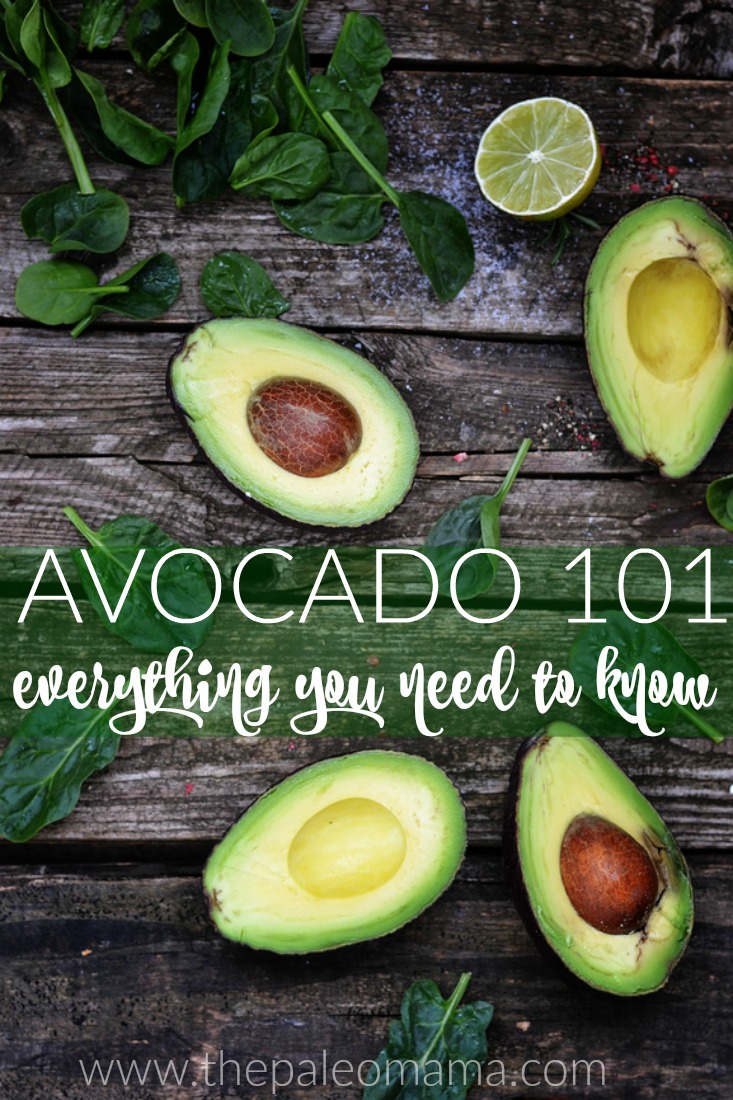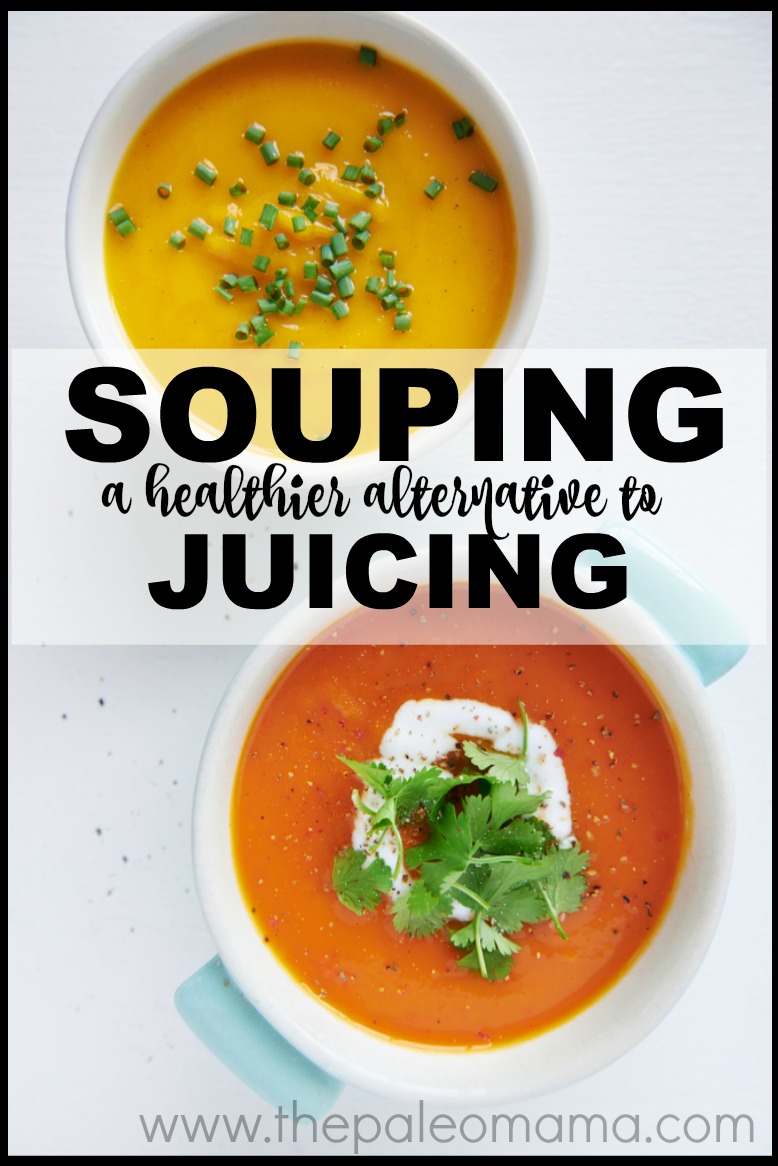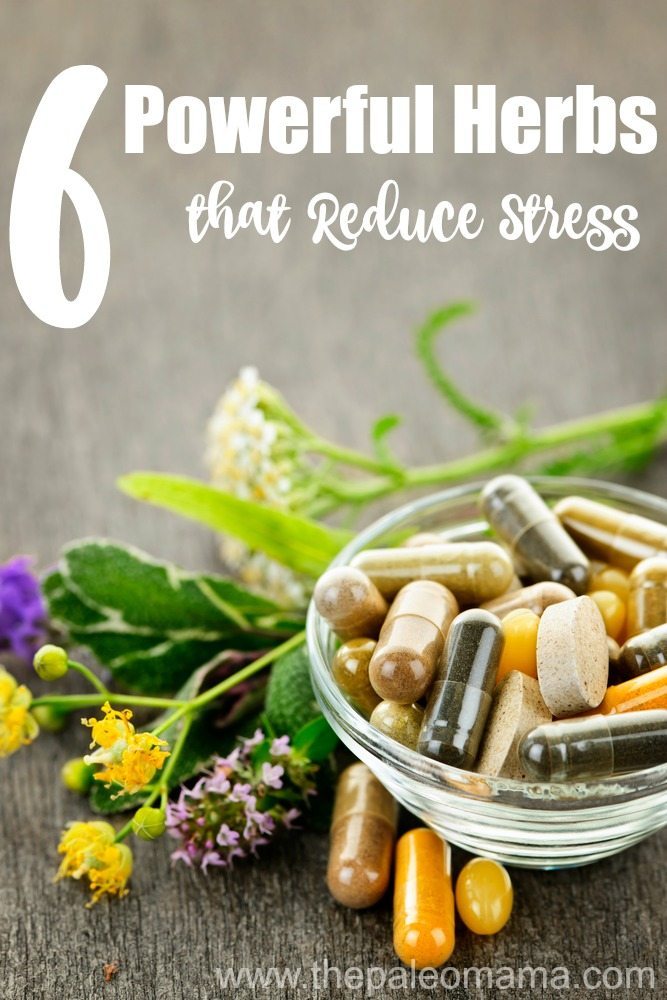Matcha tea —the green powdered tea imported from Japan—has become one of the trendiest new superfoods. Most of us had never heard of it until one day we discovered that it was one of the hottest talking points in health and wellness websites. Matcha tea has been a part of Chinese and Japanese cultures for centuries, and is now taking the Western world by storm.
I heard about it a couple of years ago, and even prepared a guest blog from one blogger who had created a yummy version of Matcha tea—her Matcha Mate Almond Latte—to help her wean herself off her near addiction to black tea and coffee (Here).
Today, I want to explore just what it is that is driving the current Matcha Tea craze. We’ll look at:
- Just what Matcha tea is.
- What Matcha Tea’s superfood health benefits are.
- How to enjoy Matcha Tea for yourself.
Just What Is Matcha Tea?
For many people, enjoying Matcha Tea is much more than benefitting from its health benefits—it is an experience. The moments spent with a warm cup of Matcha Tea in hand allow the person to experience positive mental wellbeing because of the tea’s cultural focus on meditation and spirituality. One leading tea expert and author sums it up this way: “Matcha is unique not only for its healthfulness and flavor, but because it combines the contradictory attributes of novelty and tradition.”[1]
Matcha is the tea used in a traditional Japanese tea ceremony known as chado. The formal ritual of chado is designed to lead toward spiritual awakening through four principles: harmony, respect, purity, and tranquility.[2] This is a positive concept to adopt, one that will allow us to slow down and cultivate a greater inner peace and outer harmony. In our American fast-paced, stress-filled culture, taking the time to unplug is a real luxury, and drinking Matcha Tea has become one way to do that. Even preparing the tea takes time—the water must be heated to just the right temperature, and the powder must be sifted, scooped, and whisked into a frothy frenzy before it’s ready to consume.
The Health Benefits of Matcha Tea
Matcha is much more than just another green tea.
- It has a high concentration of polyphenols, catechins, and antioxidants. With these high concentrations, if can prevent cancer, help burn fat faster, and increase brain power.
- It contains theanine, which has been shown to increase the natural levels of serotonin, dopamine, GABA, and glycine in our bodies. This can lead to reduced mental and physical stress.
- Its green color indicates that it has a high amount of chlorophyll, just like broccoli, spinach, kale and other leafy greens.
- It contains a powerful amount of caffeine, making it a great alternative to less healthy caffeinated sugary beverages. The caffeine helps to improve alertness and cognitive functioning, all while being healthy too.
- It has even stronger obesity-fighting potential than regular green tea. It can significantly reduce hypertension.[3]
These are just a few of the benefits to drinking Matcha Tea. There are practical benefits too, things like:
- It relaxes you without making you sleepy.
- It delivers caffeine into the bloodstream in a much more measured way than coffee.
- Its caffeine effects last up to 4-6 hours, compared to coffee’s high and then quick crash.
- There is evidence that it has some weight loss benefits.
Its Cautions
There are many benefits to drinking this tea, but there are also some cautions. Matcha tea is highly concentrated, and contains about three times as much powerful antioxidants as regular green tea, and as much caffeine as coffee. When you drink Matcha, you are drinking a suspension of ground leaves infused in water, which is different than a regular cup of tea where you steep the tea and then remove the tea leaves.
When you buy matcha tea powder (or leaves), stick to matcha teas grown in Japan that have been tested for the presence of heavy metals. The tea from China is grown is soil contaminated with lead, which will absort into the leaves. Also look for good-quality matcha, which is bright, vivid green and has a fine powdery consistency. Avoid anything yellowish or coarse—it will not taste good.
How to Choose a Good Matcha:
Good matcha tea is expensive, costing anywhere from $25-$33 an ounce (a tin of 30 grams). Anything cheaper is not likely to have a good flavor. A 30-gram tin will give you about 30 cups of tea.
Also avoid the Americanized version of prepared matcha tea now popular. They are likely to have lots of added sugar which completely ruins the Matcha. I prefer to purchase my Matcha Tea from a Japanese source and labeled “ceremonial grade” (click here to buy). I spend a little extra for a high quality brand because I look at Matcha as more of a superfood and supplement than an actual drink.
I also make sure I use my small Matcha scoop and whisk so I use the exact amount of recommeded Matcha per cup!
How to Enjoy Matcha Tea for Yourself
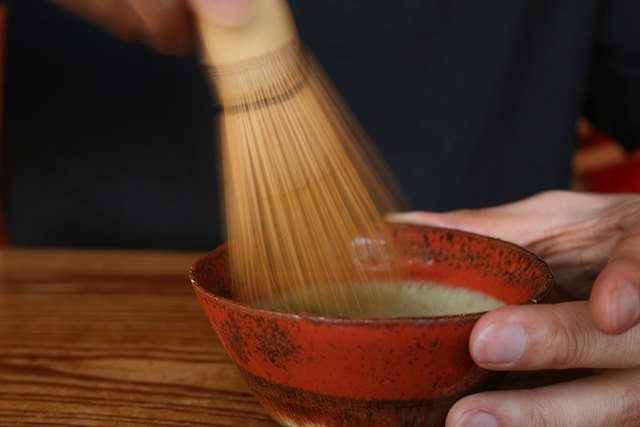
Why not try making your own experience with a cup of warm, healthy matcha tea? Remember—it’s an experience, not a quick pick-me-up! Once you have tried it, no doubt you will want to continue this relaxing experience.
Step 1: Fill a kettle with water and heat. Don’t bring to a boil
Step 2: Add (or sift) 1 teaspoon of matcha to a bowl.
Step 3: Add 2 oz of hot water (not boiling) to the bowl. I use my matcha spoon to add the perfect amount.
Step 4: Whisk until the tea is frothy using your bamboo (or wire) whisk.
Step 5: Add 4 more oz of hot water, stir, and enjoy! Drink it out of the bowl or pour it into a mug.
There are many ways to enjoy Matcha Tea. Here are just a few:
- Try Iced Matcha Milk, using almond milk or coconut milk for a healthy, unique tasting drink.
- Instead of adding sugar to your coffee, use high-quality matcha to add a sweet aftertaste with an antioxidant boost.
- If you like buttered coffee as much as I do, try adding a tsp. of matcha powder to your buttered morning coffee. What a way to start your day!
- Add a bit to naturally sweet Tabbouleh (bulgur, tomatoes, parsley, olive oil). Add it to your recipe when you add the tomatoes and parsley.
- Blend a little matcha powder into the cream cheese you top your bagel with in the morning.
- Make a creamy spread to use on sandwiches and burgers by chopping and steaming a bunch of kale, then blending in ½ tsp matcha powder and ½ cup walnut. Use your food processor to complete the spread.
- Stir a little matcha into your guacamole recipe just before you mash the ingredients together.
Matcha Mate Almond Latte
My guest blogger created this energizing and yummy to distract herself from morning coffee cravings.
Ingredients
- Yerba Mate—this is a traditional South American tea made from the dried leaves of the yerba mate plant.
- Matcha—the superfood green powder we’ve been introducing in this post.
- Unsweetened Almond Milk
- Sweetener—a touch of honey or maple syrup balances the mild bitterness of the matcha.
- Flavoring—the recipe used cardamom, but you could also try pumpkin pie spice, cinnamon, vanilla, or almond extract. If you love essential oils like I do, add your favorite essential oil flavor.
You can follow the recipe directions in the blog to make this warm and creamy morning drink. Click here to see the full recipe!
Get Started
Any current trend got its claim to fame as more and more people tried it. Matcha Tea is one of the top ten trends in the health and wellness fields right now, so it’s obvious that a lot of people have tried it—and stuck with it. Why not give it a try yourself?
There is something in the nature of tea that leads us into a world of quiet contemplation of life.
—Lin Yutang
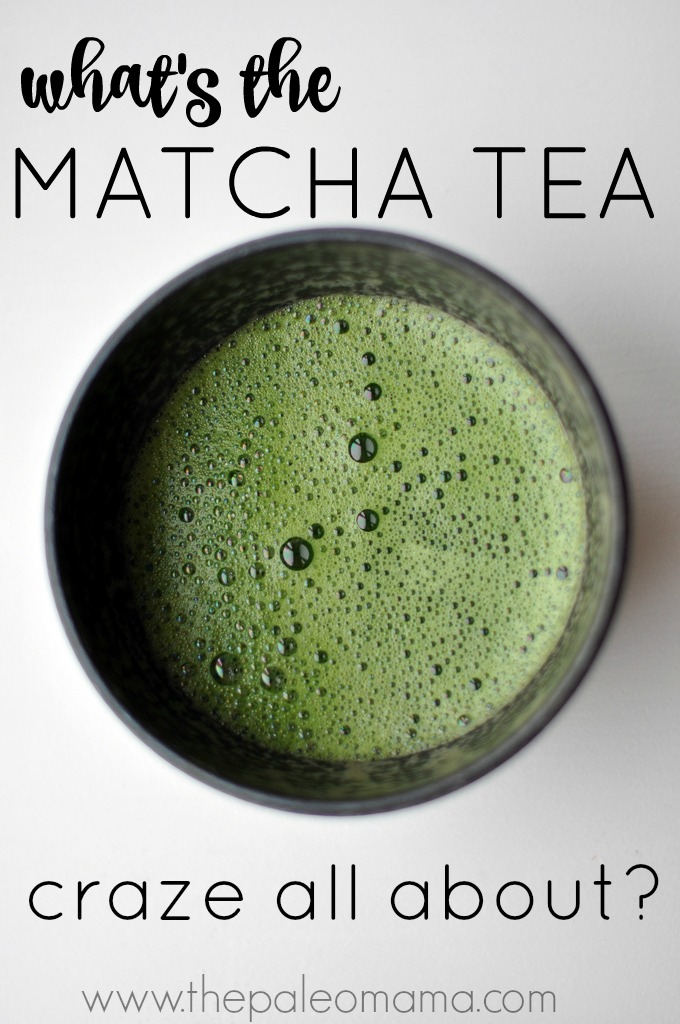
Sources
- https://hauteliving.com/2016/07/a-comprehensive-guide-to-the-latest-matcha-craze/616857/
- https://www.eater.com/drinks/2015/2/11/8006039/everything-you-need-to-know-about-matcha
- https://vibrantwellnessjournal.com/2015/10/19/matcha-green-tea-food-trend/
[1] Quoted by James Norwood Pratt.
[2] https://www.huffingtonpost.com/christie-carmelle-lopez/get-it-while-its-hot-matc_b_9117056.html
[3] These health benefits adapted from: https://www.theodysseyonline.com/matcha-craze
 I’ve been one of those super stressed people. And I soon discovered that in my rush to get it all done, I began failing at getting anything productive done in any area of my life. My concentration left. I became irritable, and our family life suffered. I was like that
I’ve been one of those super stressed people. And I soon discovered that in my rush to get it all done, I began failing at getting anything productive done in any area of my life. My concentration left. I became irritable, and our family life suffered. I was like that  Once you have done whatever you can to eliminate those distractions, now concentrate on building your capacity for attentiveness to your tasks. This was a hard one for me. Since we work at home, I was constantly distracted by just about anything—kids asking questions, sounds in the barnyard, phone ringing constantly, homesteading chores I’d rather do like making cheese or DIY health and beauty products with my
Once you have done whatever you can to eliminate those distractions, now concentrate on building your capacity for attentiveness to your tasks. This was a hard one for me. Since we work at home, I was constantly distracted by just about anything—kids asking questions, sounds in the barnyard, phone ringing constantly, homesteading chores I’d rather do like making cheese or DIY health and beauty products with my 
 Because we work from home, it’s not hard for our family to all be home together. But it is hard to ensure that we are spending quality time together—not just quantity time. But we have made family time one of our highest priorities, and it works. Sure, our quality time might be taking care of baby farm animals, making soap from goat milk, or mucking out the barnyard. But we make it fun, and we do it together. We have scheduled times for fun activities, and we spend time talking about our family goals and simply playing together.
Because we work from home, it’s not hard for our family to all be home together. But it is hard to ensure that we are spending quality time together—not just quantity time. But we have made family time one of our highest priorities, and it works. Sure, our quality time might be taking care of baby farm animals, making soap from goat milk, or mucking out the barnyard. But we make it fun, and we do it together. We have scheduled times for fun activities, and we spend time talking about our family goals and simply playing together.
